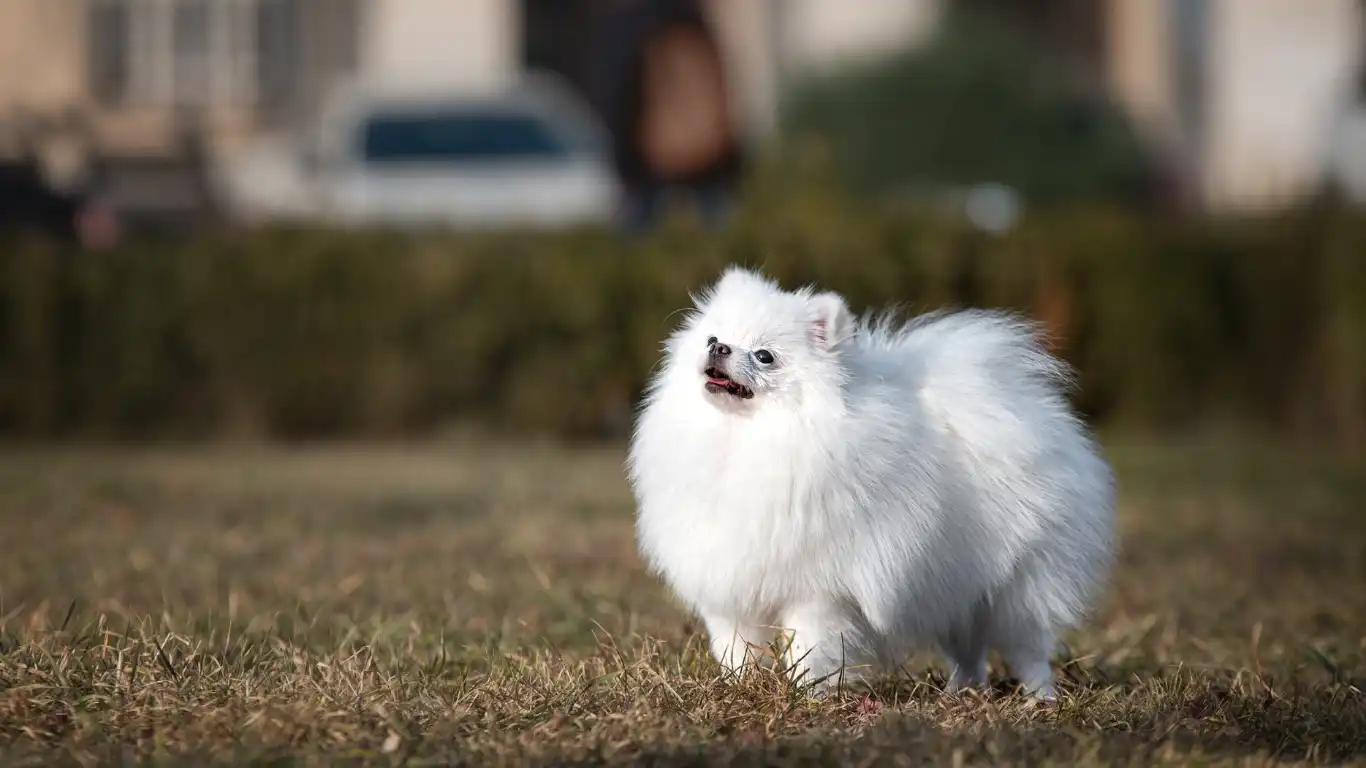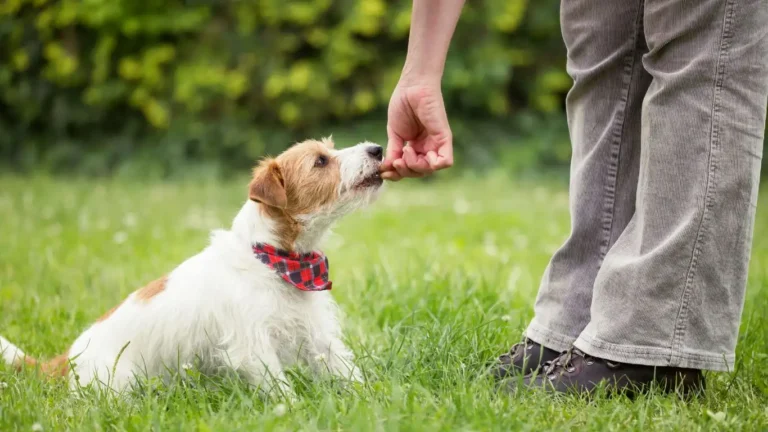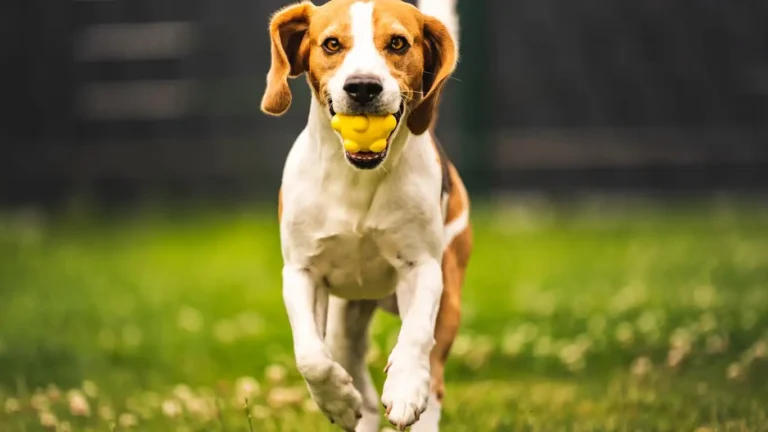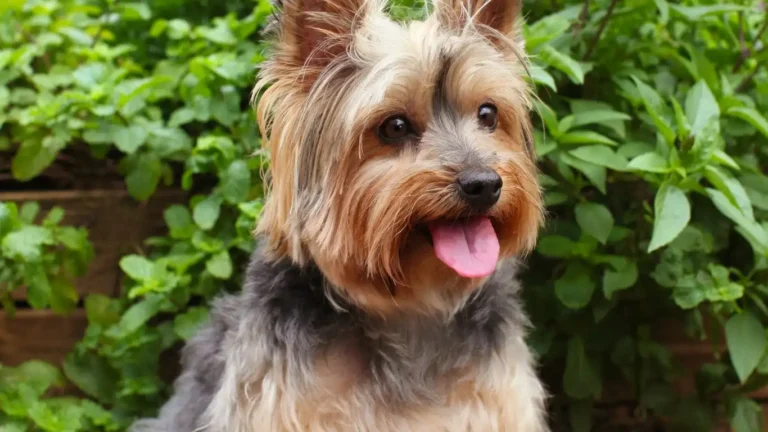Find the Best Dog Trainer for Basic Obedience – Proven Tips That Work
So, you’ve finally decided it’s time to get serious about your pup’s manners—but now you’re wondering how to find the best dog trainer for basic obedience. I’ve been right where you are, coffee in one hand, scrolling through endless dog training ads, wondering who’s the real deal and who’s just good at marketing. As a Veterinary Technician/Nurse with a background in canine nutrition, I’ve had my fair share of interactions with trainers—some amazing, some… well, let’s just say, not every person who calls themselves a trainer should be handling dogs. If you want someone who truly “gets” your dog—and doesn’t just throw treats or yell commands—you’re in the right place. Let’s break it all down in real-talk terms.
Why Basic Obedience Matters More Than You Think
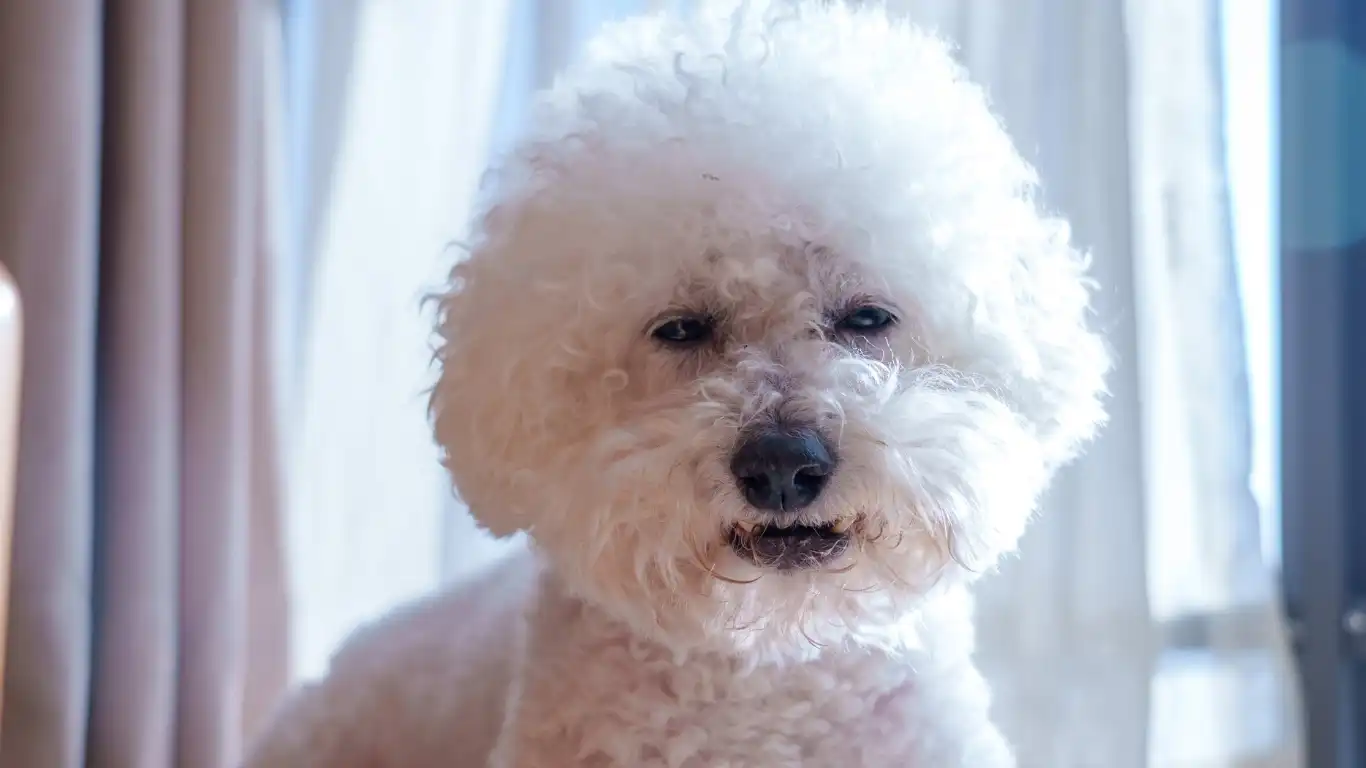
Basic obedience isn’t just about getting your dog to sit or stay for Instagram likes. It’s about communication, safety, and trust. In my clinic days, I saw way too many preventable emergencies—dogs darting into traffic, swallowing something toxic, or biting out of fear—just because the foundation of obedience wasn’t there.
Here’s the kicker: even if you’ve nailed down your dog’s diet (which you absolutely should—nutrition impacts behavior big time!), it won’t replace the need for structured training. In fact, I’ve found that dogs with well-balanced nutrition respond better to training because they’re not dealing with underlying issues like gut discomfort or erratic energy levels.
What Makes a Dog Trainer “The One”
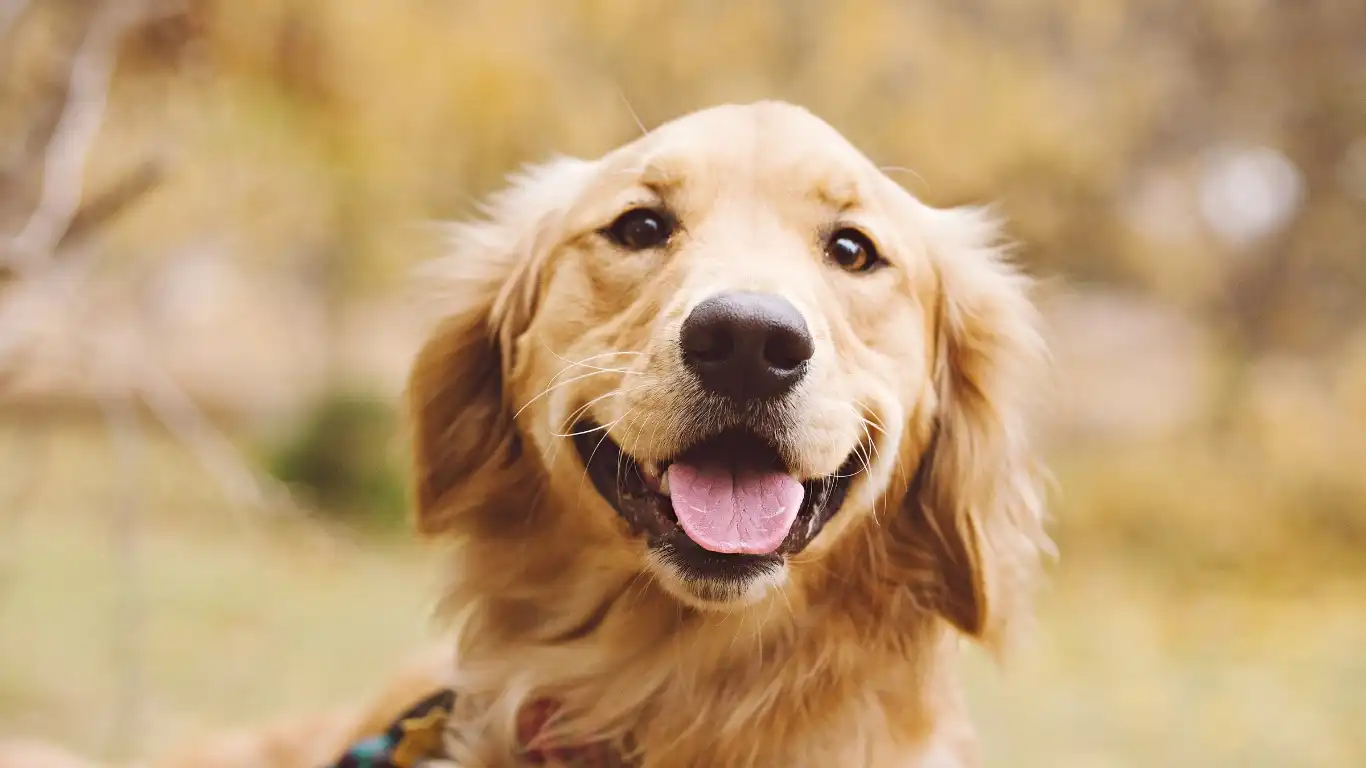
Let’s get one thing out of the way: there’s no “one-size-fits-all” dog trainer. But there are certain traits that separate the truly effective ones from the rest.
1. Experience with Your Dog’s Specific Needs
This is huge. Just like not every vet nurse is trained in nutrition (hey, that’s my specialty!), not every trainer is cut out for your specific breed, temperament, or goals. Got a high-energy shepherd? You’ll need someone who understands working breeds. Dealing with a rescue who’s fearful of humans? That takes a softer, more behaviorally attuned approach.
2. Uses Positive, Evidence-Based Techniques
We’ve moved way beyond alpha rolls and prong collars—thank goodness. Look for someone who uses reward-based training and understands canine body language. Bonus points if they stay updated with research from orgs like the American Veterinary Society of Animal Behavior (AVSAB).
3. Has Solid Credentials (But Not Just Alphabet Soup)
Yes, certifications like CPDT-KA or KPA-CTP are great, but don’t get blinded by titles alone. Ask questions. Where did they train? Who mentored them? How do they stay current? A good trainer won’t hesitate to walk you through their background.
How to Actually Find the Best Dog Trainer for Basic Obedience
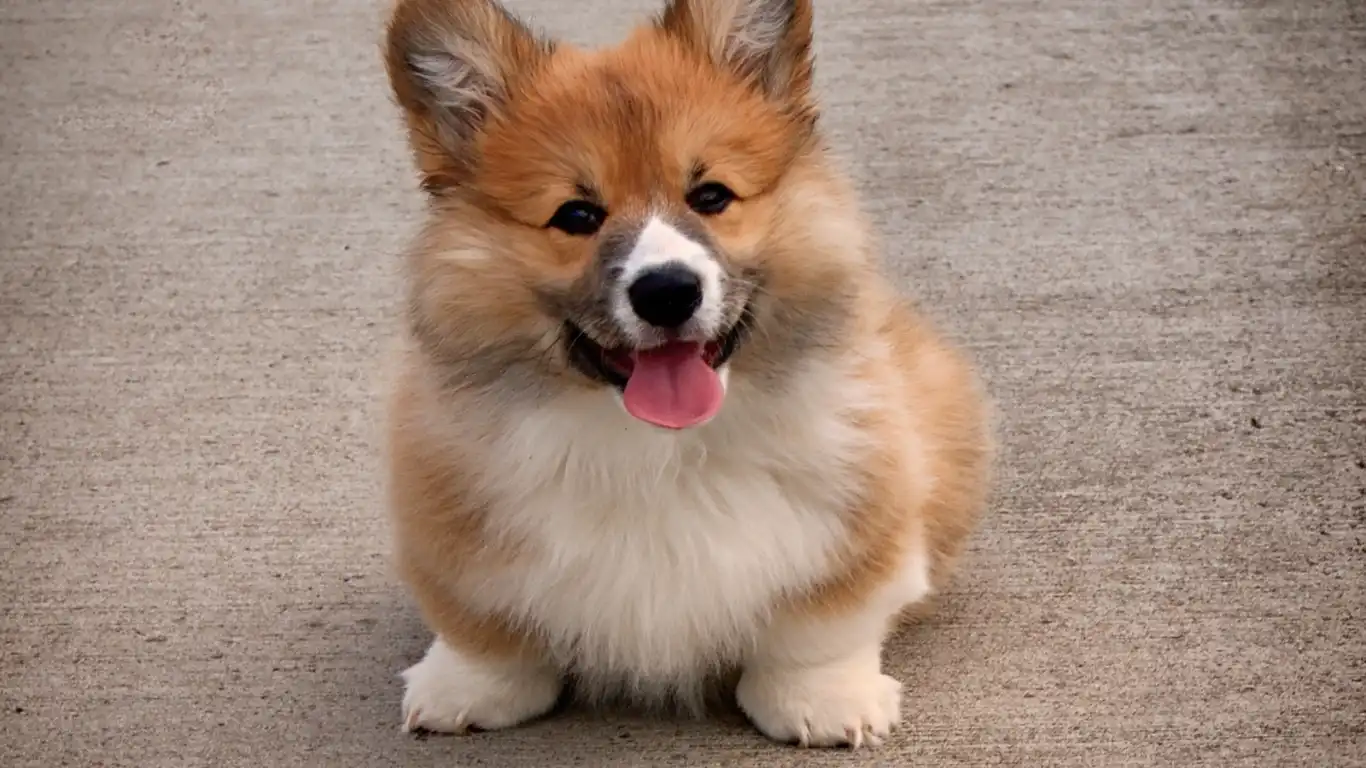
Now we’re getting into the juicy stuff. Let’s talk about how to find the best dog trainer for basic obedience in a world full of flashy websites and social media stars.
1. Ask Your Vet or Vet Nurse (Yes, Like Me!)
We see all kinds of dogs and get direct feedback from pet parents on which trainers are changing lives—and which ones are creating chaos. I can’t tell you how many times I’ve seen a dog come in like a furry hurricane, then return a month later calm, focused, and bonded with their owner—all because they were matched with the right trainer.
2. Read Reviews—But With a Skeptical Eye
Not all 5-star reviews are created equal. Look for ones that talk about real results: “My dog stopped jumping on guests,” or “I can finally walk her without being dragged.” Be cautious of vague praise like “they’re great!” without substance.
3. Attend a Class Before You Commit
This is a must. Many good trainers will let you observe a class before signing up. Watch how they handle corrections, how engaged the dogs are, and whether the owners look supported (or silently panicking). Trust your gut—if the energy feels off, walk away.
4. Look for a Trainer Who Trains *You*
This one gets overlooked all the time. The best trainers aren’t just dog whisperers—they’re people whisperers too. You want someone who can explain the why behind what they’re teaching and who empowers you to be the leader your dog needs. You’re part of the equation, 100%.
5. Check for Continued Education & Affiliations
Great trainers never stop learning. Do they attend workshops? Follow new studies in behavior science? Belong to reputable organizations like the IAABC or APDT? Passion shows.
Red Flags to Avoid (Yes, Even if the Price Looks Good)
- Guarantees: No legit trainer will promise 100% obedience in 3 sessions. Dogs aren’t robots.
- Harsh tools or punishment: Choke chains, e-collars, or yelling? Big nope.
- “Pack leader” talk: Outdated dominance theory does more harm than good.
- They avoid questions: You should feel informed and empowered, not dismissed or rushed.
Whew, that’s a lot, right? But trust me, finding the right trainer is worth every minute of research and every question you ask. When you find that perfect fit—someone who vibes with you and your dog—it’s magic. And as someone who’s seen dogs transform physically and emotionally through the right mix of nutrition and training, I can tell you this: the journey is as rewarding as the result.
What Questions Should You Ask a Potential Dog Trainer?
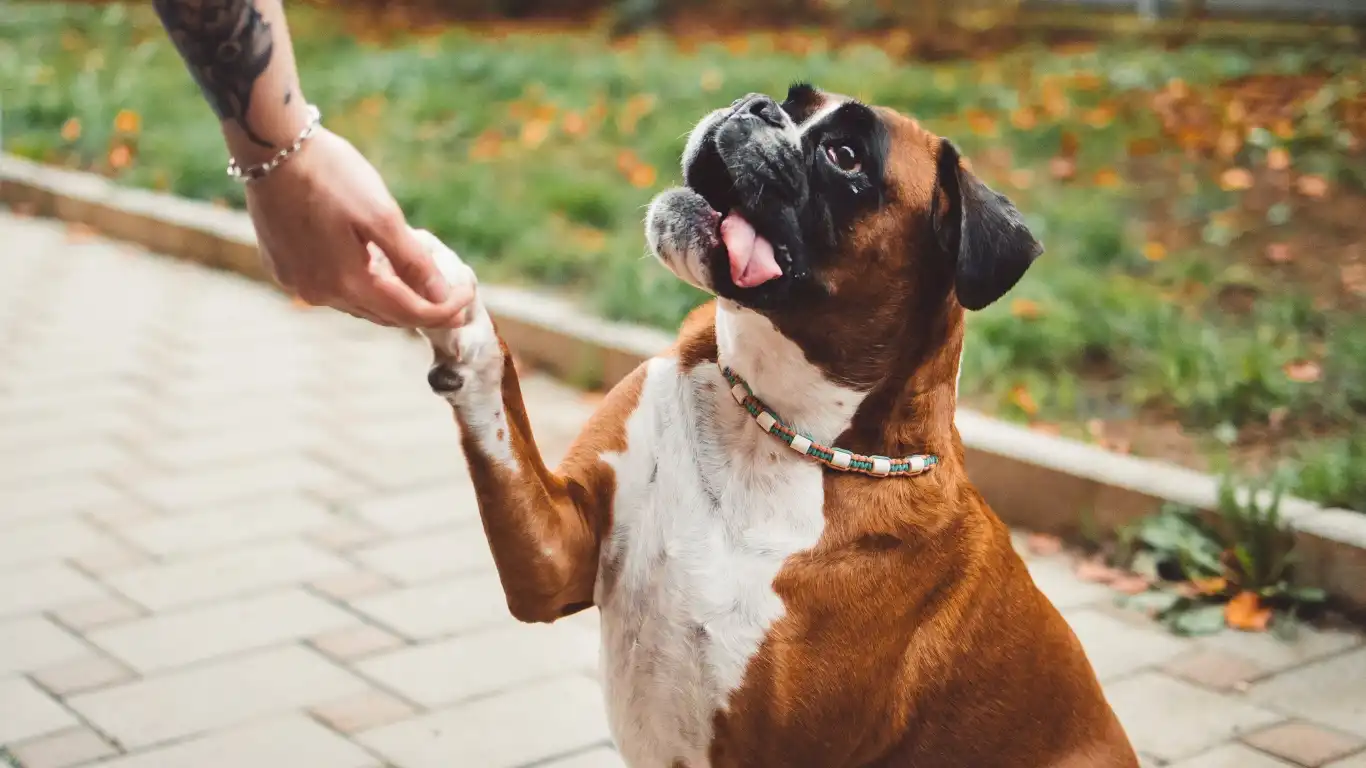
Alright, so you’ve got a shortlist of potential trainers—now what? Time to play detective (nicely, of course). The way a trainer answers your questions says a lot about their approach, their experience, and whether or not they’ll be a good fit for your pup’s personality. Here are some questions I always recommend asking—and yes, I’ve used these myself when guiding pet parents at the clinic.
- “How do you handle setbacks or slow learners?”
Because let’s be real—training isn’t always smooth sailing. I’ve seen super smart dogs hit plateaus, and the last thing you want is a trainer who blames the dog (or worse, blames you). - “What’s your process for building trust with a nervous dog?”
This one’s close to my heart. I’ve worked with lots of rescues who were terrified of humans, and trust doesn’t come from barking orders—it comes from patience, predictability, and loads of positive associations. - “Can I watch one of your sessions or classes first?”
Any trainer worth their salt will say yes. Observing in action tells you a ton more than a polished sales pitch ever could. - “How do you adjust your methods for different breeds or personalities?”
Not all dogs are motivated the same way. What works for a food-obsessed lab may flop with a stubborn husky.
And here’s a personal tip: take note of their body language while they respond. If they light up talking about dogs, seem thoughtful in their replies, and treat you with respect, that’s a good sign. If they seem rushed, annoyed, or vague? Nope. Move on.
The Role of Nutrition in Training Success (Yes, It’s Connected!)
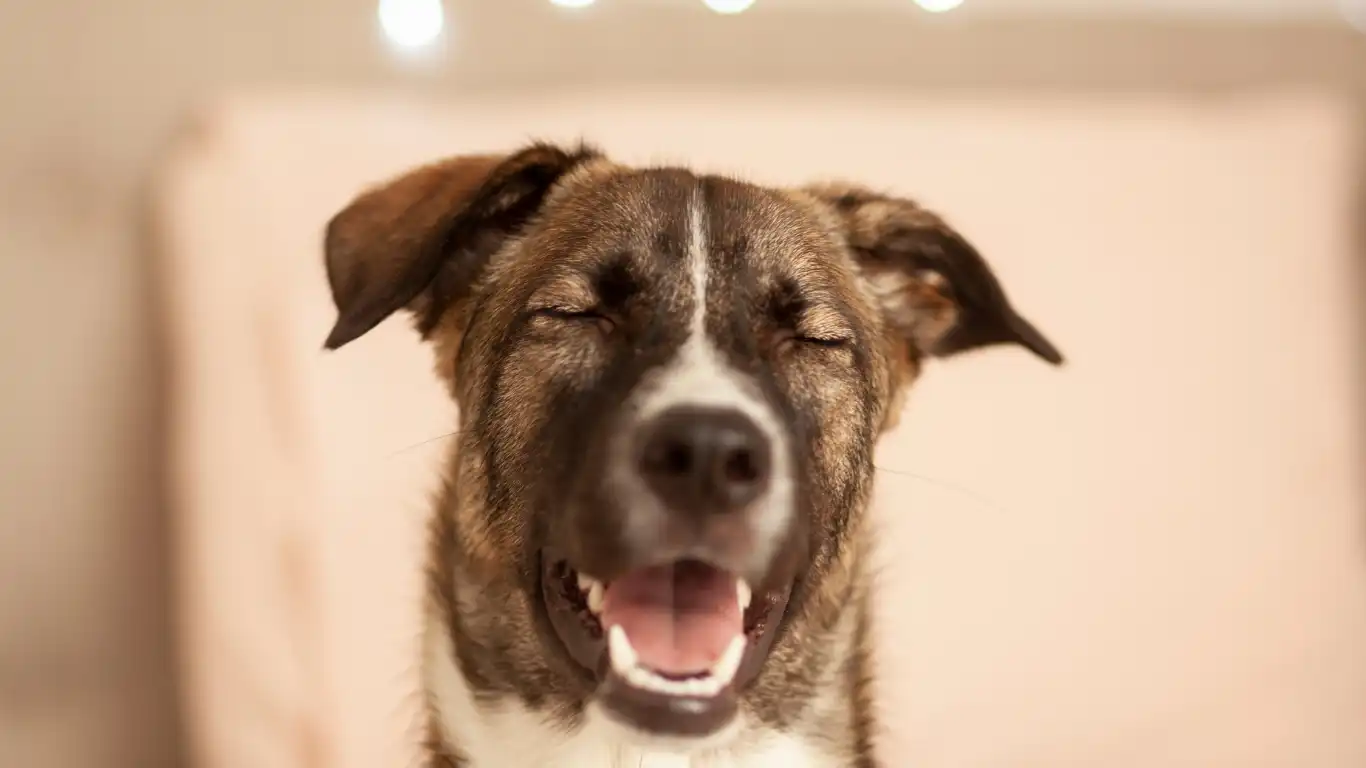
This part isn’t talked about enough, but it really should be. As someone who’s spent years in the veterinary field, specifically focusing on nutrition, I can confidently tell you that behavior and diet are tightly linked. If your dog is struggling with focus, high anxiety, or energy crashes, don’t just assume it’s a training problem—it might be a food problem.
I remember working with a sweet little border terrier who just couldn’t sit still during training. His owner was doing everything right—hired a great trainer, followed through with consistency, the whole nine yards. But the dog was bouncing off the walls and couldn’t retain commands. After digging into his food labels, we realized he was on a super high-carb, low-quality diet packed with fillers. We switched him to a balanced, high-protein, gently cooked formula and boom—the difference in his focus and calmness was night and day.
So while finding the best dog trainer for basic obedience is your goal, don’t forget to take a holistic look at what your pup is eating. Ask your vet or a certified pet nutritionist (hey, that’s me!) for advice. You might be surprised at what a food adjustment can do.
Where to Find Reputable Trainers (And Where Not To)
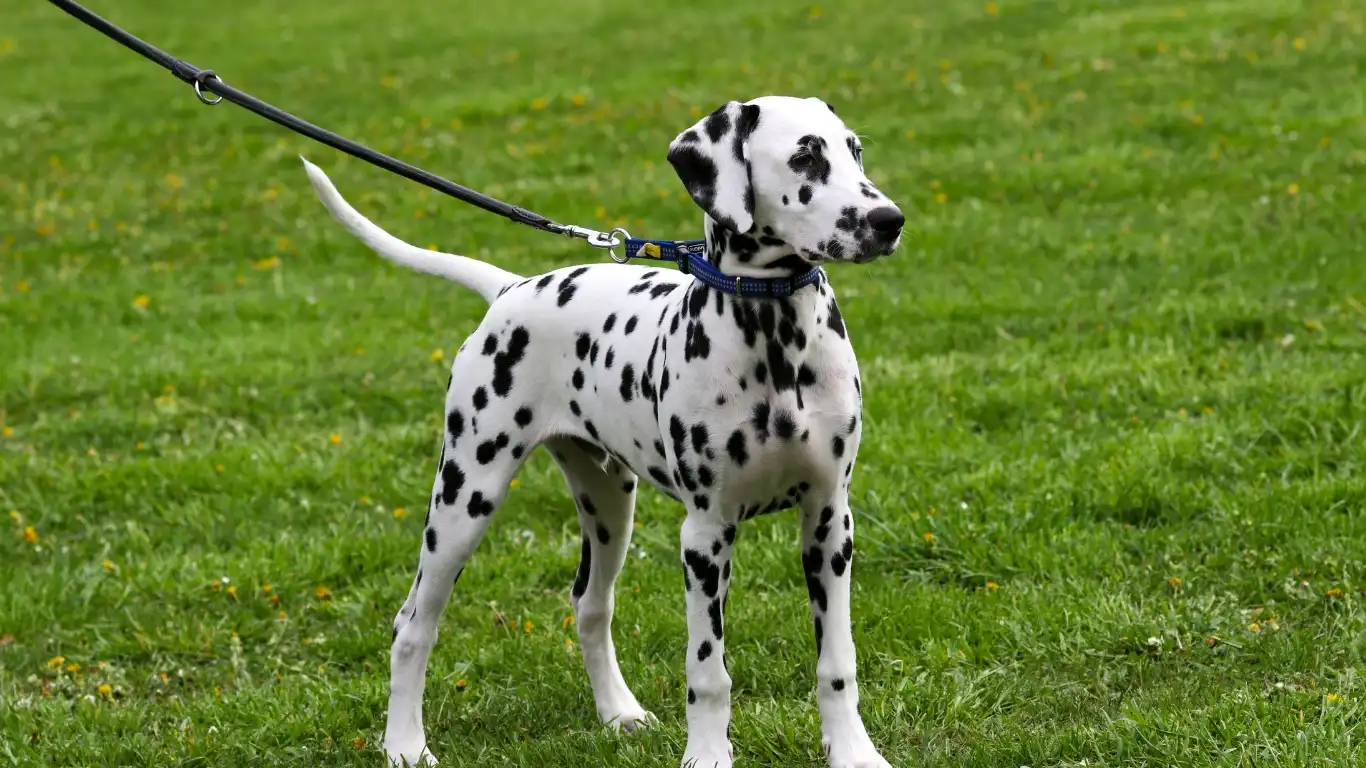
This is where a lot of folks get tripped up. The internet is a mixed bag. Some real gems, but also some serious duds. So where should you look when you’re trying to figure out how to find the best dog trainer for basic obedience?
Solid Places to Start:
- Your vet clinic: We work closely with behaviorists and trainers, and often hear feedback from other pet parents.
- Local shelters and rescues: They usually collaborate with trusted trainers to help dogs adjust in foster or forever homes.
- Referral-based Facebook groups: Not the spammy ones—look for community groups where members give detailed reviews.
- Certifying organizations: Check out the CCPDT or KPA for lists of certified professionals near you.
Places to Be Cautious About:
- Craigslist or cheap “trainers” advertising in classified ads: These can be total wildcards, and often lack any accountability or credentials.
- Flashy Instagram accounts with no real-world experience: If they can’t show you references or client success stories beyond a reel, it’s a red flag.
- Anyone who talks down to you or acts like training is a secret club: You’re the one who has to follow through—so you deserve respect, not ego.
I’ve had clients come into the clinic in tears because they hired someone based on a good-looking ad, only to find out the person didn’t have a clue what they were doing. One even made the dog more fearful, which took months of recovery work with a proper behaviorist. It’s heartbreaking—but preventable with the right research and guidance.
Training Isn’t Just for Puppies—And That’s Okay
One of the biggest myths I hear? “It’s too late to train my adult dog.” That’s simply not true. I’ve seen 9-year-old dogs learn to heel beautifully and anxious seniors finally feel confident walking outside. Dogs are capable of learning at any age—it just takes the right approach and realistic expectations.
If your dog has already picked up a few bad habits, don’t panic. A skilled trainer can help unravel those behaviors and replace them with healthier ones. It might take a little longer than training a fresh-out-the-womb puppy, but it’s totally doable—and so rewarding.
Training also provides mental stimulation, which is especially helpful for older dogs. Think of it like brain exercise. When you combine that with proper nutrition, enrichment, and love, you’re giving your dog their best life—not just physically, but emotionally too.
What to Expect After You Hire the Right Dog Trainer

So, you’ve done the research, vetted your options, and finally picked the trainer who just “gets” you and your pup. First off—huge win! But what now? What does working with a great trainer actually look like, and what kind of progress can you expect?
Let me tell you, the first session is usually less about the dog and more about you. A good trainer will take the time to learn your routine, observe how you and your dog interact, and figure out where the disconnects are. It’s more about coaching you to become the consistent, clear communicator your dog needs—because that’s where the magic happens.
I remember a couple who came into our clinic totally overwhelmed by their adolescent lab—he was jumping, chewing, zooming like a maniac. But they had also just started working with a local certified trainer. Within three weeks, that wild boy was sitting calmly in the waiting room, tail wagging, waiting for treats. The difference wasn’t just in the dog—it was the confidence and clarity I saw in the owners. That’s the power of a well-matched training relationship.
Realistic Expectations Matter
No matter how talented your trainer is, obedience doesn’t happen overnight. Some days will feel like you’re winning; other days, you might wonder if your dog forgot everything. Totally normal. Dogs, like humans, learn in layers.
- Week 1–2: Building foundation—basic commands, engagement, and trust.
- Week 3–4: Reinforcing consistency, introducing distractions.
- Week 5–6: Generalizing behaviors to new environments and people.
Keep in mind: progress depends on your daily follow-through. Even five minutes a day of focused work can lead to lasting results. It’s all about repetition with reward.
Common Mistakes to Avoid During Training

Even with the best trainer on your side, there are a few traps many dog owners fall into—no judgment, I’ve done a few of these myself in my early days!
1. Inconsistency Between Sessions
This is probably the biggest one. If your trainer says “mark the behavior and reward immediately,” but you’re randomly tossing treats five seconds later—your dog is gonna be confused. Same goes for using different commands for the same action. Pick one cue and stick with it.
2. Not Practicing in Real-World Settings
Practicing “sit” in your living room is great, but if your dog can’t do it on a busy sidewalk or at the park, it’s not really locked in. Gradually increase the difficulty. Think of it like leveling up in a video game—same skill, tougher environment.
3. Overusing Treats Without Phasing Out
Treats are an awesome tool (especially high-value ones—freeze-dried liver was always my clinic go-to). But long-term, your goal is to fade out food and replace it with praise, play, or other rewards. Otherwise, your dog might only perform when snacks are involved.
4. Letting Frustration Take Over
Training is supposed to strengthen your bond, not test your patience. If either of you is getting overwhelmed, hit pause. Walk away, reset, and try again later. Your dog feeds off your energy more than you realize.
Trust the Process (And Trust Your Dog)
One of the most beautiful things about dog training is how much it deepens the relationship between you and your pup. It’s not just about obedience—it’s about mutual respect, communication, and confidence. I’ve watched anxious dogs come out of their shell and shy owners blossom into strong, capable leaders. It’s truly transformational.
And here’s the thing: even if you don’t get everything perfect—and you won’t—your effort counts. Your dog sees that you’re trying. That matters. Dogs aren’t keeping score of every mistake. They just want to feel safe, heard, and loved.
Whether your goal is a rock-solid recall at the dog park or just a peaceful walk around the block, the right trainer is there to guide both of you on that journey. When you combine their expertise with your consistency and heart, there’s no limit to what your dog can learn.
Helpful Resources for Further Reading
- American Kennel Club (AKC) – Great for understanding breed tendencies and basic training principles.
- PetMD – Reliable vet-written articles on behavior, training, and health.
- National Institutes of Health (NIH) – Insight into the science behind animal behavior and emotional health.
- Health.com – Occasional pet features, especially related to lifestyle and wellness.
Disclaimer
This content is for informational purposes only and is not intended to replace professional veterinary advice, diagnosis, or treatment. Always consult with a qualified veterinarian or certified dog trainer before making any decisions regarding your pet’s health, behavior, or training.
